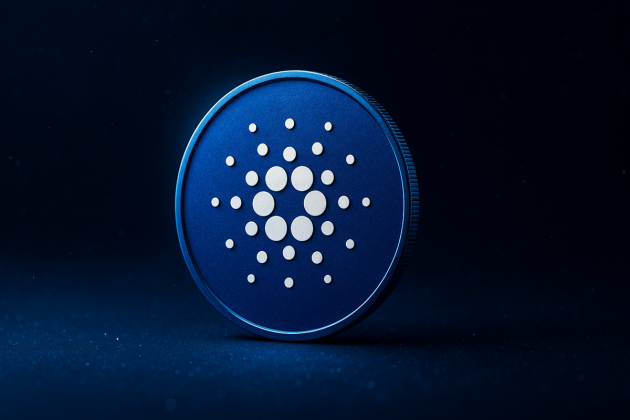September reports from Bitcoin miners have revealed contrasting performances as the sector shifts amid market volatility.
While Hut 8 and Irish Energy have continued to expand operations, the latest update demonstrates varied efficiency of gains and production outcomes.
Bitcoin (BTC) mining companies are increasingly incorporating artificial intelligence and high-performance computing into their operations. Hut 8, for example, is targeting 20 exahashes per second self-mining by 2025, while Iris is on track to reach 31 EH/s by the fourth quarter of 2024.
Related: CleanSpark reports 187% hashrate growth
Bitfarms hits efficiency targets despite market turbulence
Bitfarms earned 217 BTC in September, down from 233 BTC in August. This decline is attributed to the increased network difficulty, which hit a peak in September. Despite the dip, Bitfarms achieved its year-end efficiency target of 21 watts per terahash ahead of schedule.
The company also increased its energy efficiency by 16% and signed a hosting agreement with Stronghold Digital MIning, boosting its operational capacity by 2.2 EH/s and increasing its BTC holdings to 1,147 BTC.
The firm’s reduction in BTC production can be attributed to the rise in network difficulty, which hit its highest point in September and made it harder to produce BTC despite operational improvements.
Chart depicting the rise in network difficulty since November 2023. Source: Blockchain.com
Related: Proton says Swan Bitcoin lawsuit is ‘fatally flawed,' seeks dismissal
Hut 8 hashrate growth, Iris production pump
Hut 8 recorded a slight increase in its hashrate in September, rising from 18.5 EH/s in August to 19.5 EH/s by the end of the month.
This growth is a result of the firm deploying additional miners. However, despite the increased computing power, Hut 8’s BTC production dipped slightly, producing 85 BTC in September, down from 87 BTC in August.
Iris reported stronger results for the same period, significantly increasing its BTC production from 245 BTC in August to 347 BTC in September.
This rise in production was accompanied by a 42% increase in mining capacity due to a ramp-up in operational hashrate to 21 EH/s.
Related: BTC miners are ideal energy consumers, but regulators need to catch up — Hive
CleanSpark hashrate pump
On Oct. 4, BTC mining company CleanSpark revealed it had achieved a 187% increase in hashrate over the last 12 months in its latest audited fiscal year report.
The firm’s hashrate rose from 9.6 EH/s in September 2023 to 27.6 EH/s in September 2024 amid the strategic diversification of its portfolio across three new states.
CleanSpark’s CEO, Zach Bradford, also attributed the rise to the completion of multiple expansions at the company’s existing data center.
Magazine: Anti-aging tycoon Bryan Johnson almost devoted his life to crypto










